Paul Nicklen – Southern Right Whales: A Call to Action
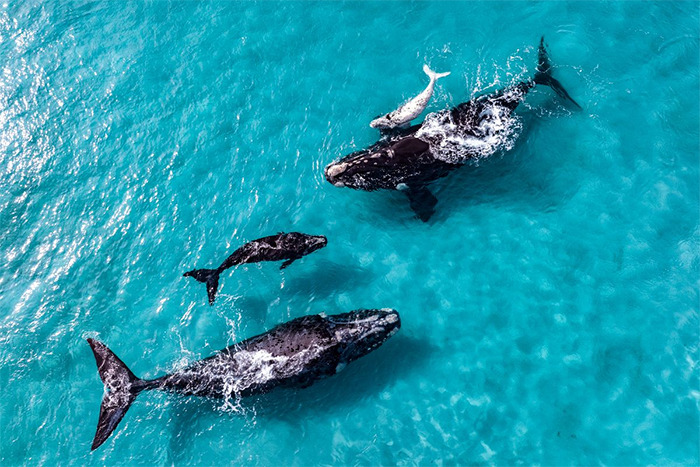
This is a guest post by WWSG thought leader, Paul Nicklen. All images are copyrighted. To purchase Paul’s work, visit his website.
“If we can teach people about wildlife, they will be touched. Share my wildlife with me. Because humans want to save things that they love.” – Steve Irwin
Last fall the SeaLegacy team was invited for the chance of a lifetime to photograph endangered southern right whales off the coast of Australia. Our friend and award-winning photographer Scott Portelli had just secured permits to film within the Great Australian Bight and wanted to share the experience with us so we could help tell the story to the world. Our initial thrill quickly turned serious, however, when he explained why he was determined to film the whales.Fossil fuel companies have set their sights on uncovering potential gas and oil deposits within the bight. The process would involve using seismic blasting to explore beneath the sea floor, just beyond the boundaries of where mother right whales raise their newborn calves. By sending out powerful, explosive bursts of compressed air every ten seconds, companies can detect the presence of hidden gas and oil deposits. The blasts are strong enough to penetrate rock and their deafening echo can travel thousands of miles underwater. You could imagine then how alarming and dangerous this would be for mother whales, who are already on high alert protecting their calves.Given the potentially dire circumstances, Scott and his wife Rosie were looking to support local efforts to stop the blasting and, with our help, raise public awareness on the issue. This is why Cristina and I founded SeaLegacy together; we wanted to use the power of visual storytelling to galvanize a global audience and take action on critical issues affecting our oceans and its inhabitants. The stakes were high and we set out with a rising sense of urgency.
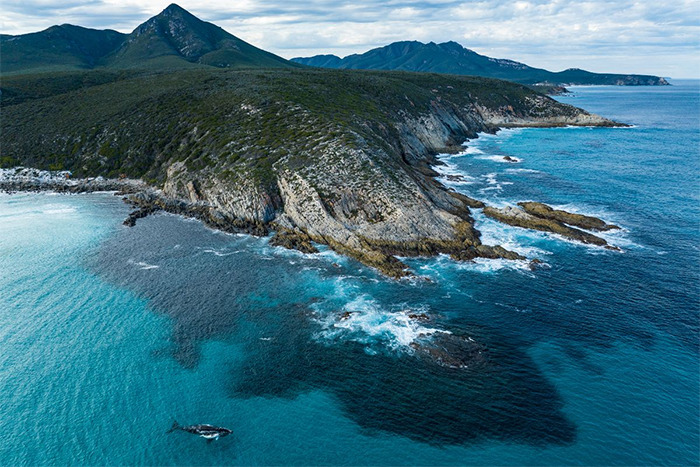
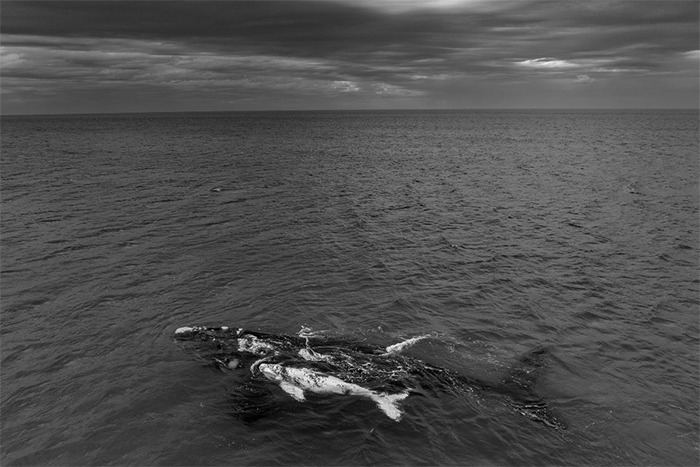
As soon as we made it to the shores of Western Australia, our team took to the sea with Scott as our guide to meet the whales. Right whales across the ocean were once relentlessly targeted by the whaling industry for their high oil and baleen content. Their slower pace, tendency to hug the coast, and the fact that they float after being harpooned made them the ideal catch for whalers, or the “right whale to hunt.” By the turn of the 20th century, their numbers were so low that an international ban was called in the 1930s. Despite the ban, right whales continue to slip closer to extinction.Considering the volatile history between our species, I expected the whales to be wary or avoid us entirely. What I failed to anticipate was how trusting, playful, and inquisitive these animals can be. Within minutes of locating a small group and slipping beneath the surface to try our luck, we were approached by several curious giants. Our initial attempt to keep our distance went out the window when a group of subadults steamed straight for us, inviting us to play. In their wake, mother whales approached with a little more reservation – dutifully cautious and yet eager to show off their calves. It seemed that as far as personalities go, right whales run the gamut for just about every kind of character.
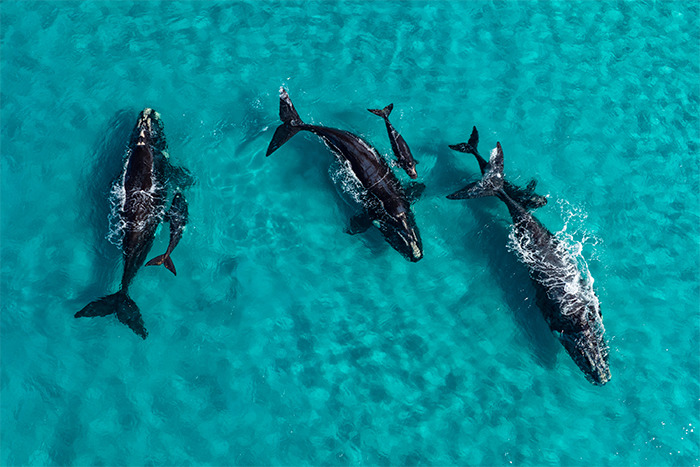
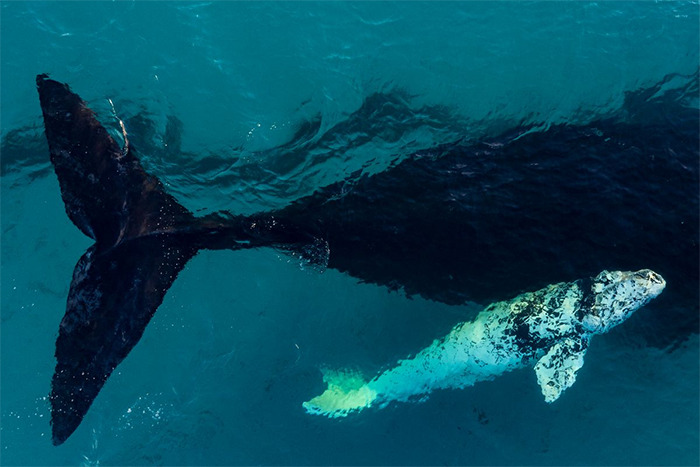
Over the course of a few days, we watched moms interact with one another, allowing their babies to meet for a play date. We also witnessed males attempting to court the females and chase each other around in a kind of ballet. I knew the shoot would be a success thanks to Scott’s expertise, but I never expected such a warm and eventful welcome from the whales. By the time Cristina and I bid farewell to our friends, both human and non-human, we were hopeful that we gathered the visuals necessary to show how intelligent, fragile and important these creatures are.


As of today, the fight to protect the Great Australian Bight is an ongoing battle. With unlimited budgets, the gas and oil industry are a force to be reckoned with. But they appear to have met their match with local Australians and global activists all standing against them. Meanwhile, scientists are racing to understand the impact on marine life from seismic blasting and noise pollution, which is at an all time high. We know baleen whales like southern rights rely heavily on their hearing to communicate and detect potential predators. A noisier ocean can cause stress and leave animals more susceptible to danger. If we truly care about our fellow wildlife, it is time we learn to create safe spaces that take into account how they see the world; not just how we see it.Despite our rather destructive history as a species, human beings are also capable of immense empathy. Thanks to the work of dedicated researchers and people who are passionate about creating a better world for all species, there is still hope for the future. Whether or not we succeed has yet to be determined. But as long as we allow our curiosity to steer us into a deeper understanding and appreciation for our planet, I believe we are on the right track.In any case, I am grateful for the team I have and for people like you who take the time to read these stories. It makes all the difference knowing there will always be others who care just as deeply about whales and our living world. With immense gratitude,
Speaking opportunities for Paul Nicklen are exclusively managed by Worldwide Speakers Group. To host him at your event, contact us.
